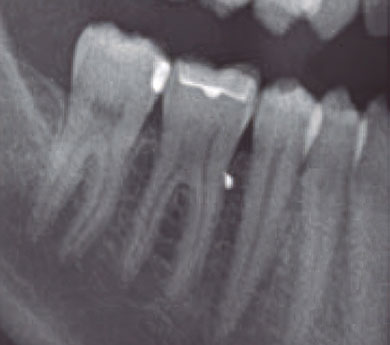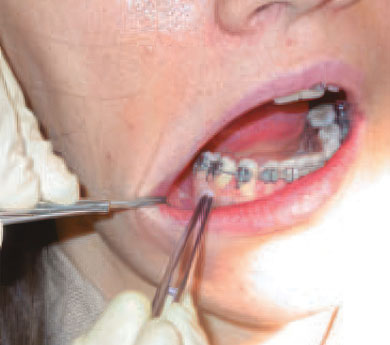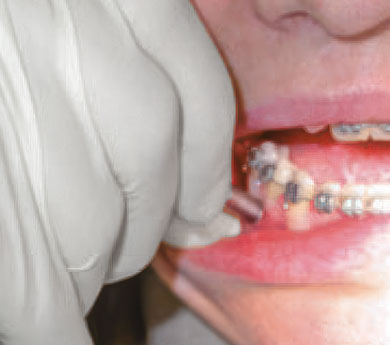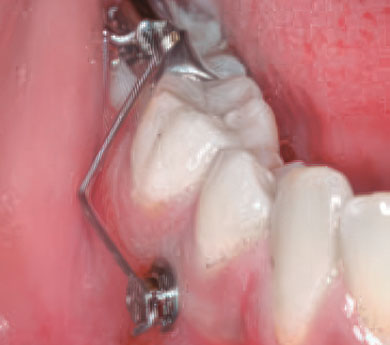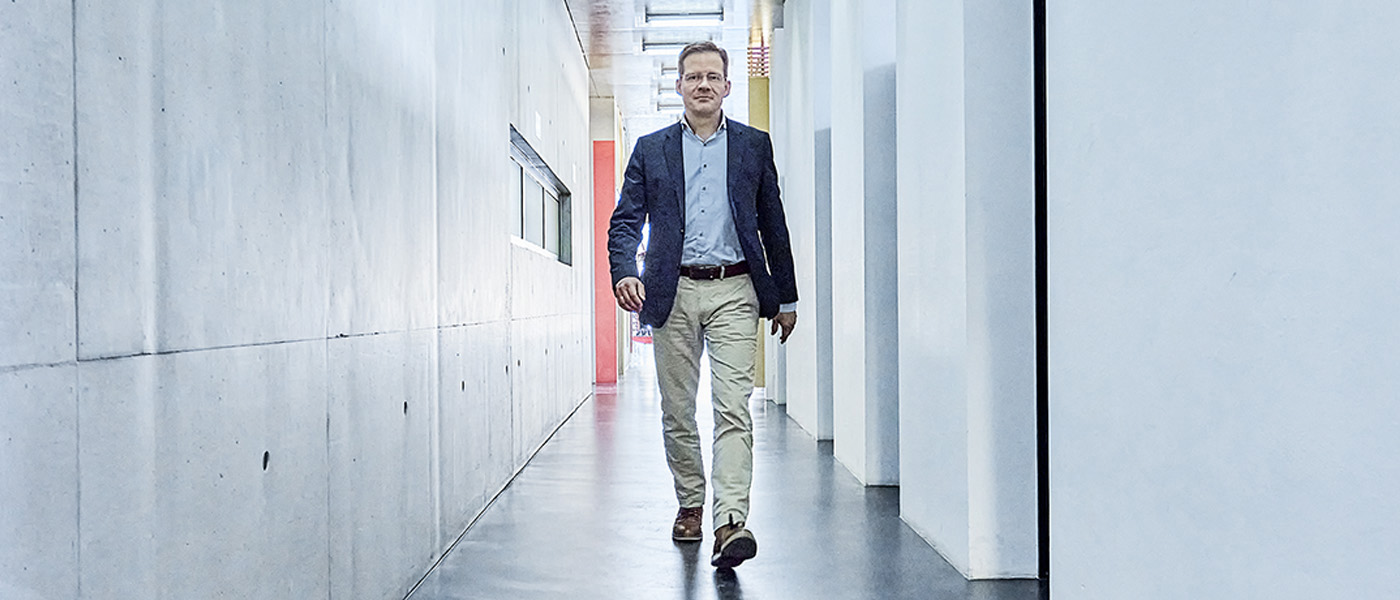Our orthodontic implantology solutions include a complete set – covering everything from the O.S.A.S. screw to screwdrivers, blades, adapters, and accessories. Ergonomic, safe, ground-breaking. In a nutshell: smart innovations – made in Germany.
Unlike conventional treatment, you no longer need anchor teeth. Our system allows direct implant fixation with immediate force transmission.
The self-drilling and self-turning O.S.A.S screws are easy to use and offer maximum flexibility thanks to different models and heads. Your implant treatment has never been so comfortable and efficient.
All instruments can be used for all variations of DEWIMED O.S.A.S. screws. All instruments are available individually.
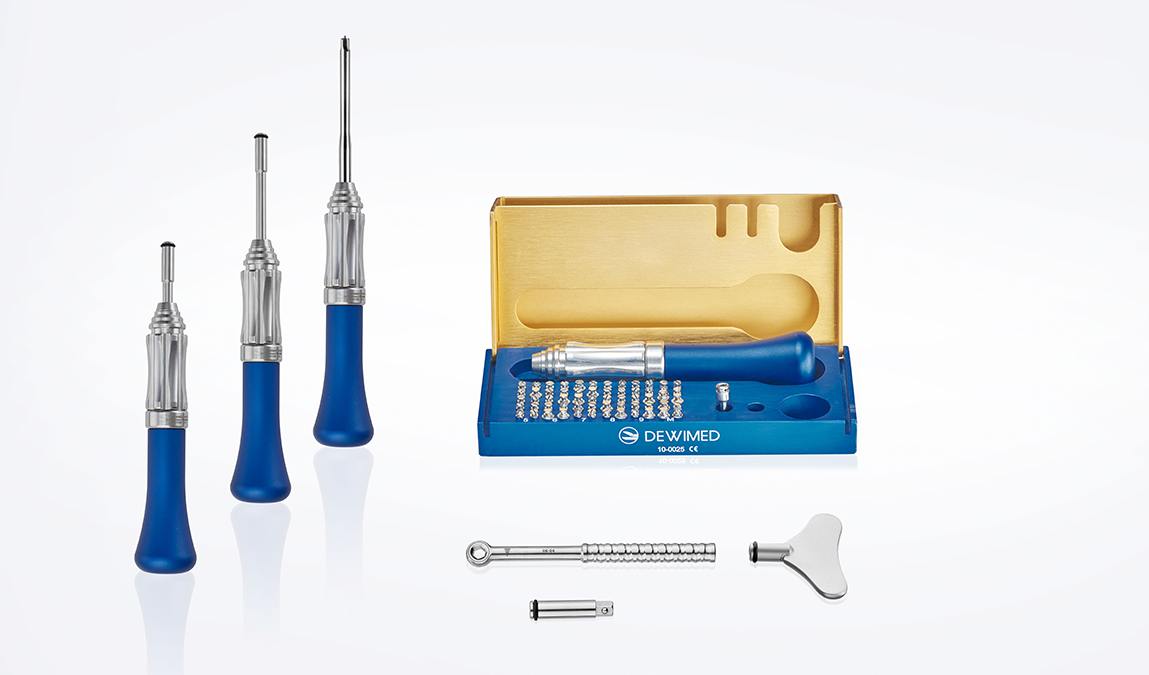
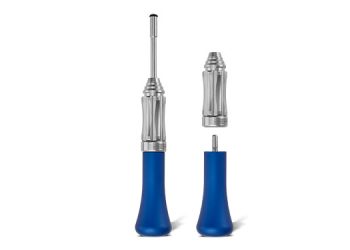
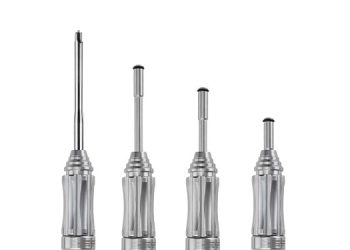
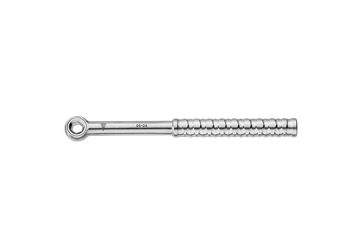
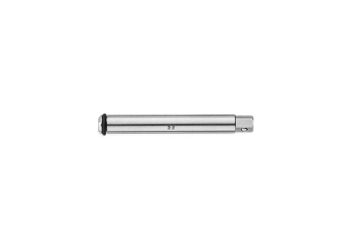
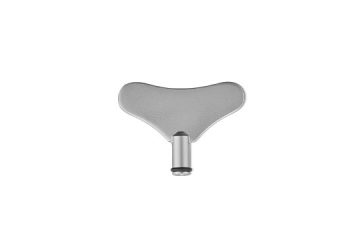
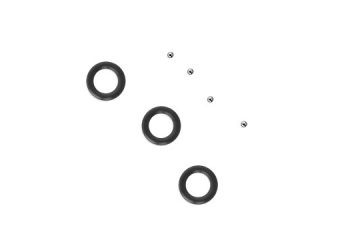
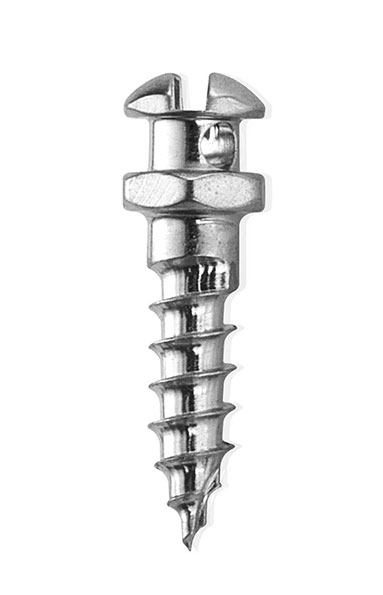
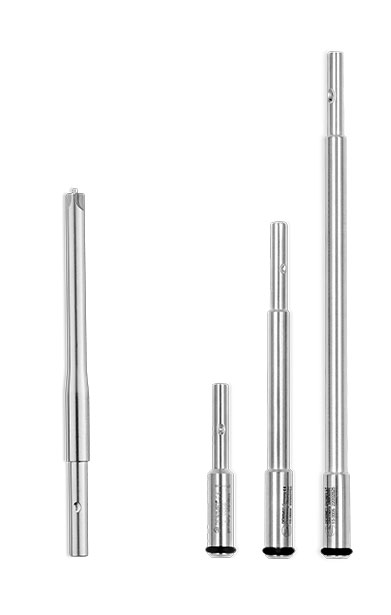
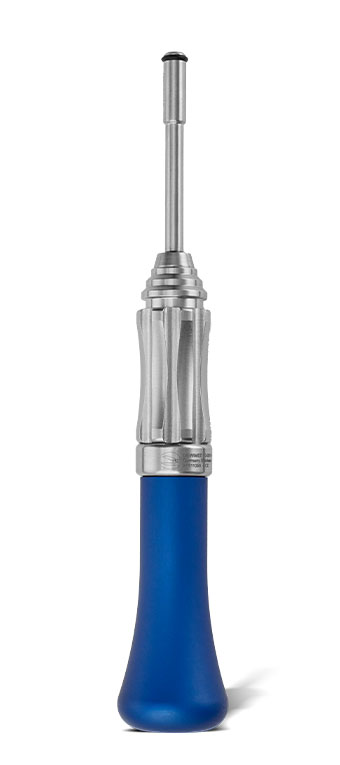
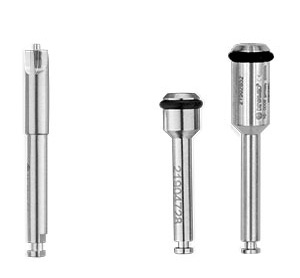
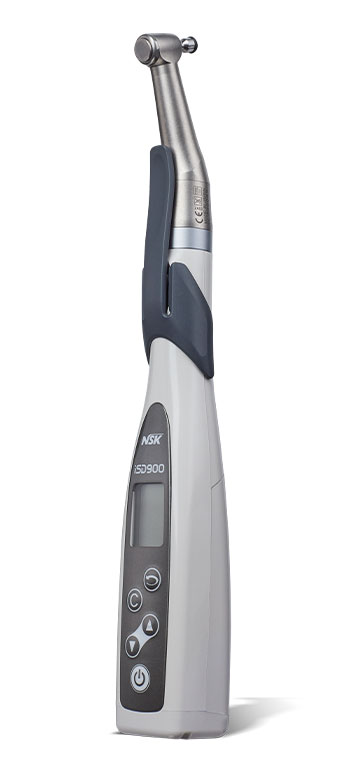
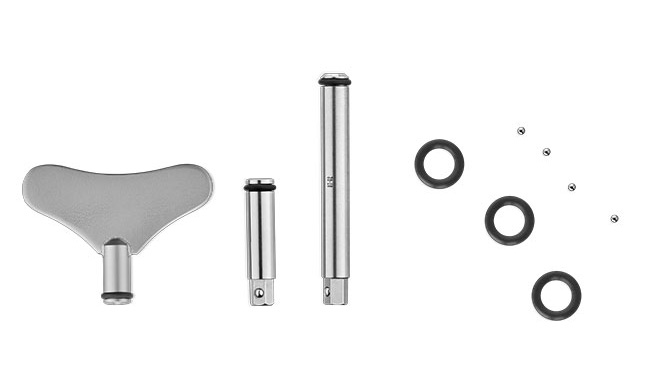
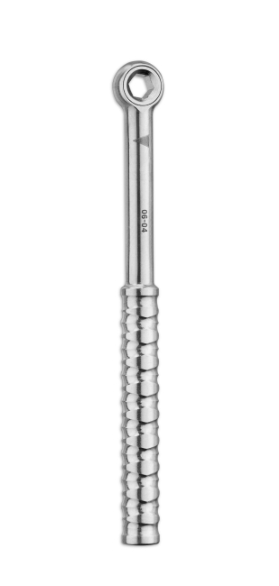
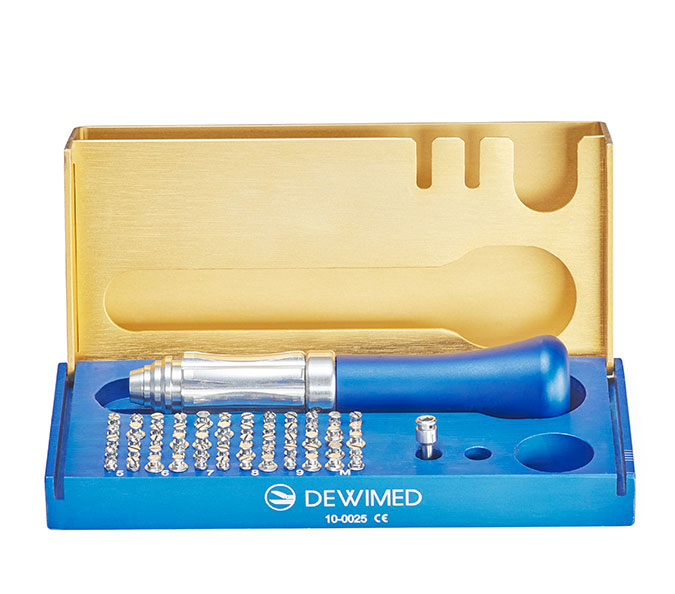
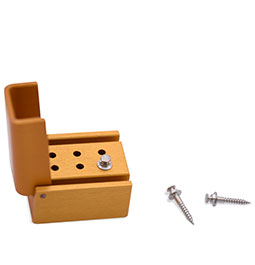
The MICRO O.S.A.S Sterilization Rack is able to store 6 DEWIMED O.S.A.S. units
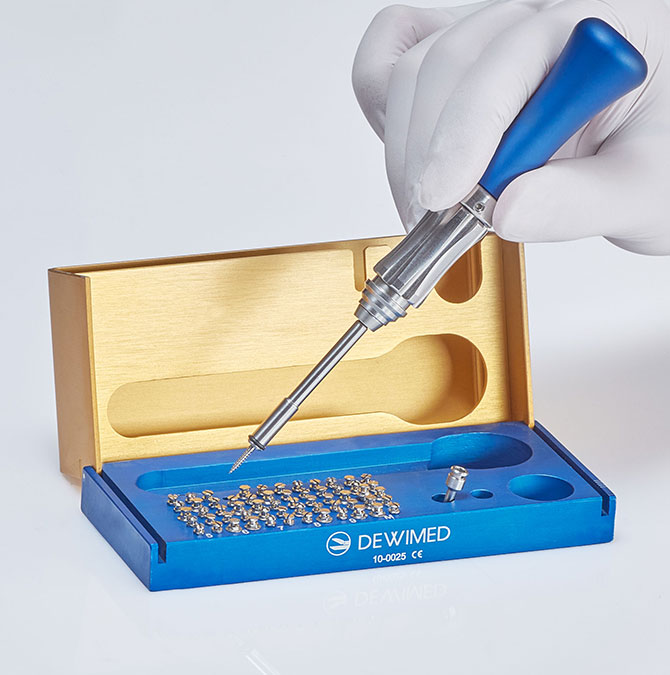
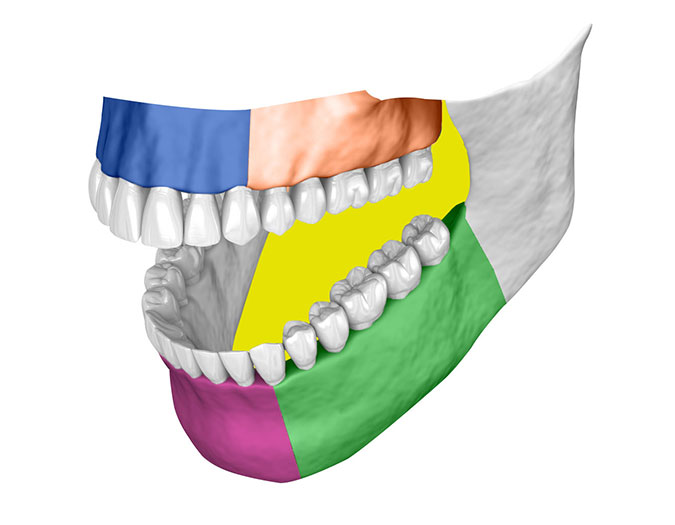
„DEWIMED screws offer remarkable versatility, which allows us to use them throughout the jaw.“

Self-drilling screw systems, such as the DEWIMED O.S.A.S. System, do not require any preparation of the bone. The thread works through the gingiva and cortex without pre-dril- ling because of its self tapping tip.
Punching the gingiva to prepare a passage is not necessary either with the O.S.A.S. System. In most situations, infiltration anaesthesia can be omitted and the screw can be inserted with surface anaesthesia.
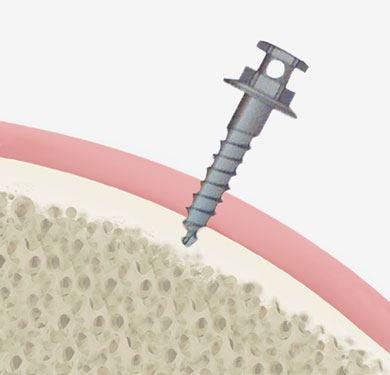

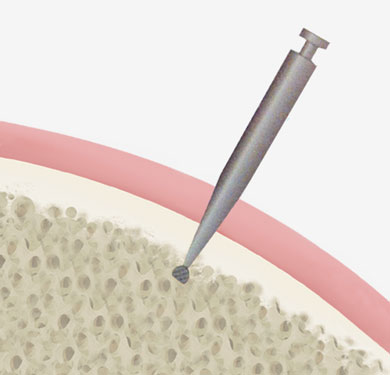
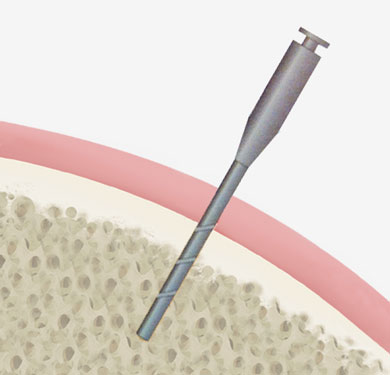
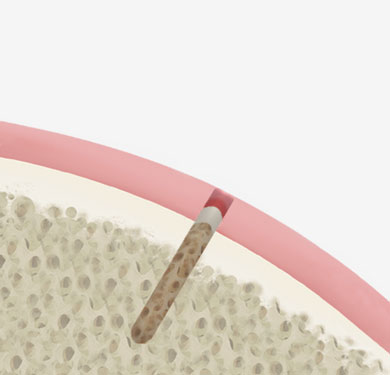
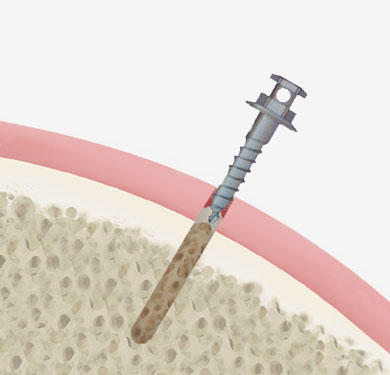

In principle, a choice can be made between a direct or indirect strategy. The direct variant is often technically simpler, with tooth movements directly supported by the stationary anchorage. Indirect anchorage entails the formation of a dental anchorage segment, which is stabilized by the screw, allowing for active tooth movements to occur.
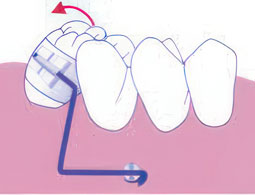
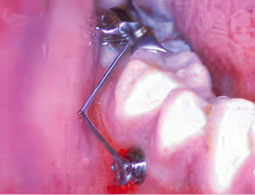
Direct anchorage
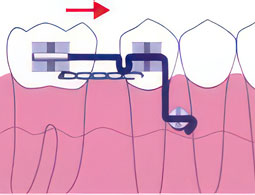
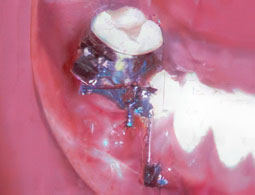
Indirect anchorage: The tooth to be moved is anchored to a tooth that is connected to the DEWIMED O.S.A.S. screw.
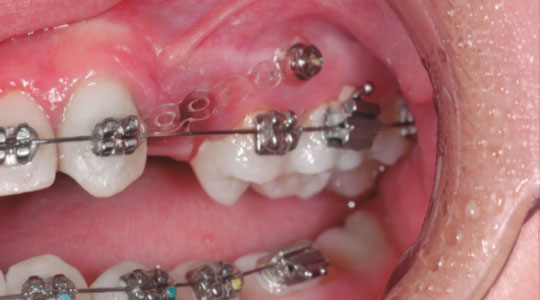
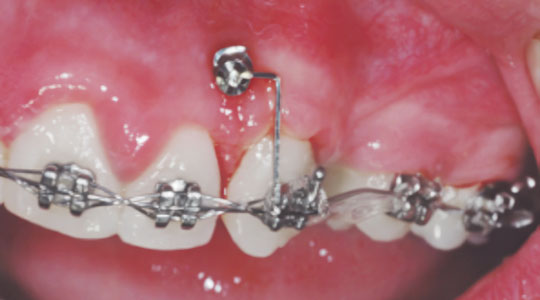
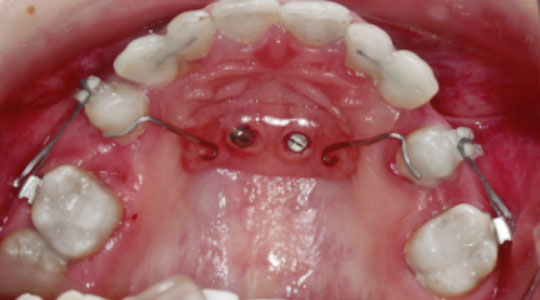
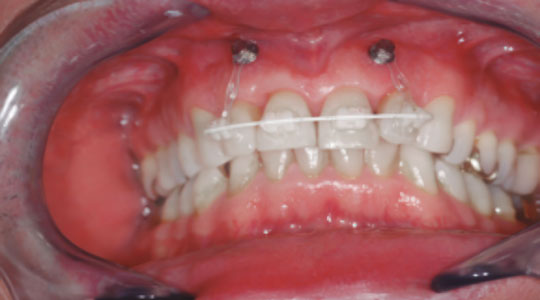
An 18-year-old male patient with prominent upper and lower lips underwent successful treatment. The DEWIMED SLOT Screw was employed on the labial sides of the maxilla and mandible, coupled with a mini-implantation on the palatal side of the maxilla, facilitating the desired repositioning of the teeth. The orthodontic treatment was completed within a duration of 23 months.
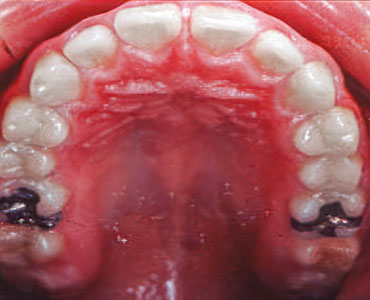
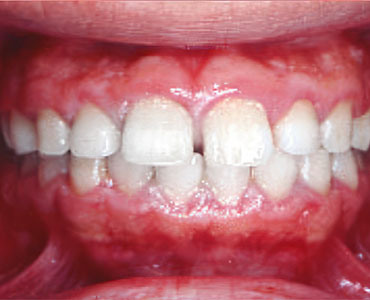
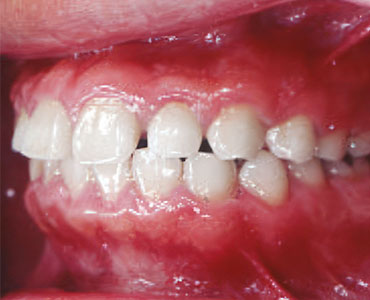
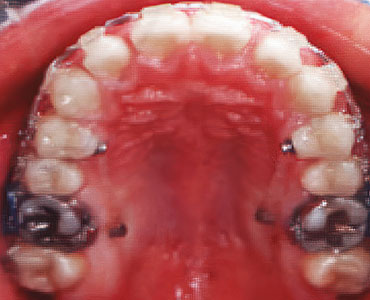
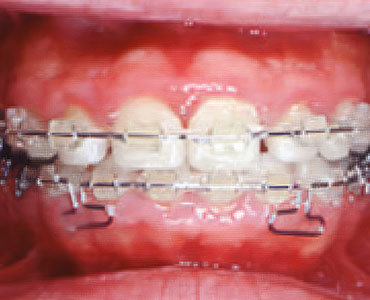
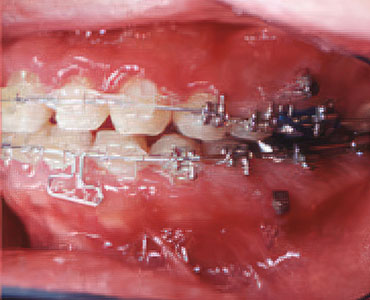
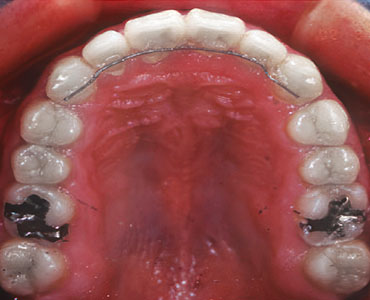

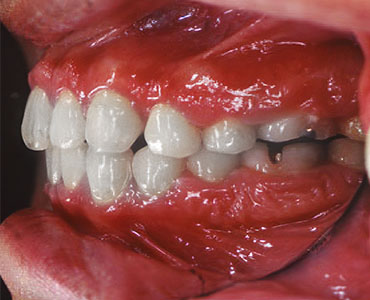
A 26-year-old patient with a Class II malocclusion required the removal of the first lower right molar at the beginning of orthodontic treatment due to disease (Fig. 2). Given the bone characteristics, the conventional method for restoring posterior occlusion posed challenges. Consequently, a DEWIMED O.S.A.S. screw (DEWIMED M.O.S.A.S. 8 mm) was employed to support mesialization. After 11 months, the created space was successfully closed, maintaining the sagittal relationship by utilizing the third molar as a substitute for the second molar (Fig. 3).
A 31-year-old male patient required intrusion of the lower incisors. For this purpose, two mini-implants (DEWIMED 6 mm) were placed distal to both lateral incisors to establish a statically determined force system. A force of 40g was vertically applied to each lateral incisor. To prevent vestibular inclination during intrusion, a full arch wire made of 0.018 x 0.025” stainless steel was utilized. Periodontal health and tooth vitality remained uncompromised during the intrusion. The entire treatment was successfully completed after 4 months.
A 23-year-old female patient, missing several posterior teeth, required retraction of the anterior teeth. In this case, 4 DEWIMED O.S.A.S. screws of the MOSAS 6 mm and SLOT 6 mm models were employed. These were vertically inserted into the edentulous alveolar ridge. The heads of the mini-implants were connected with each other using a composite resin to form „dental crowns.“ These crowns facilitated the connection with a 0.022 x 0.025” adhesive tube. The crowns served as bone anchors for the retraction mechanics.
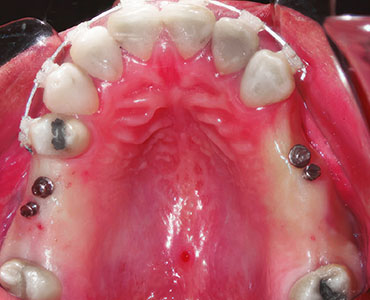
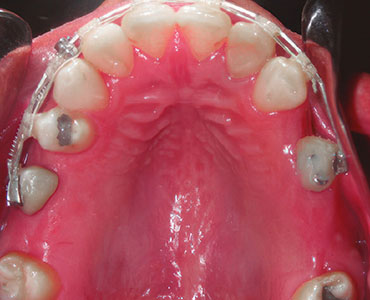
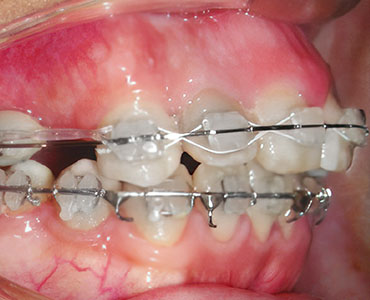
All of the familiar coupling elements used in orthodontics, such as round wires, rectangular wires, springs, and elastic chains, can be utilized. Each orthodontist can maintain their treatment strategy while leveraging the benefits of cortical anchorage. The removal process after successful treatment is straightforward. As the fixation of the non-osseointegrating DEWIMED O.S.A.S. screws is intentionally reduced after a few months, the screws can be easily removed with a screwdriver, often without the need for anesthesia. The screwdriver fixes the screw by locking it in place, preventing any accidental slipping into the pharynx. Due to the mechanical minimal dimensions of the screw, they leave no traces after removal and ensure a swift, mucosa-covered healing of the intraoral penetration site.
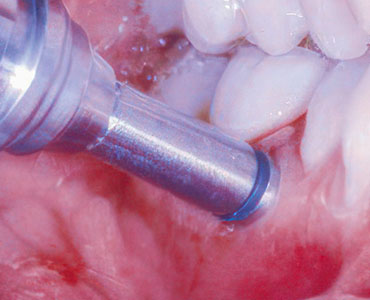
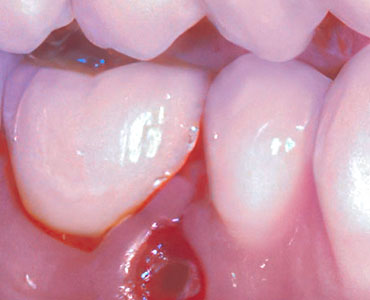
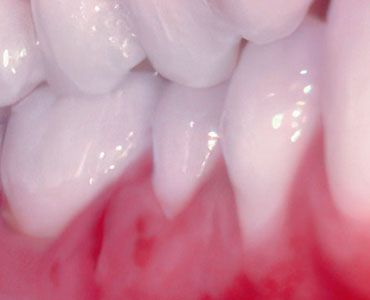
The DEWIMED O.S.A.S. screw can be functionally loaded without a healing phase. The immediate loading has a positive effect on the contact with the surrounding bone and promotes the quality of the anchorage. Self-drilling and tapping to simplify placement, in combination with the head shape that prevents gingival overgrowth, make the application extremely effective. The skilful placement of just a few DEWIMED O.S.A.S. screws opens up creative solutions in orthodontics and orthopaedics. The thread is equipped with a centring tip, which enables easy application.
